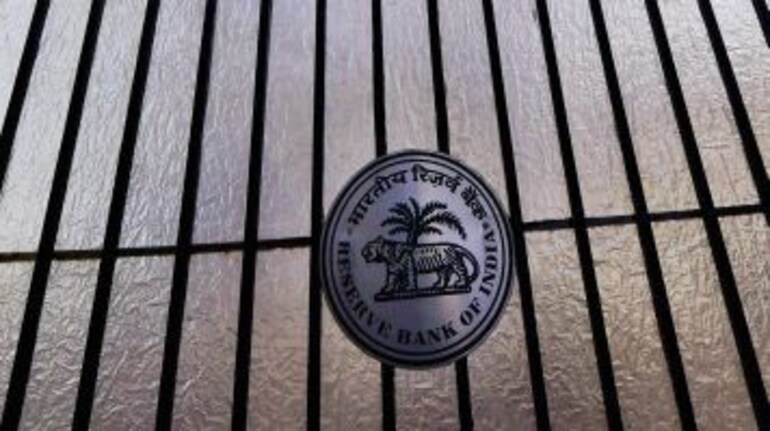



Acharya suggested a two-point formula of setting up a Private Asset Management Company (PAMC) and National Asset Management Company (NAMC).
PAMC would attempt to resolve 50 largest stressed exposures in the banking sector with turnaround specialists and private investors proposing several resolution plans for each asset. The resolution plans will lay out sustainable debt and debt-for-equity conversions, cash flow plans, promoter stake, etc. These will be vetted and rated by at least two credit rating agencies and banks can choose the most feasible plan. If the resolution fails to meet the deadline, banks may have to take a heavy haircut (bank's loss from a fall in the asset value or sold at a low value).
On the other hand, NAMC would be a quasi-government initiative catering to economically unviable assets with long-term cash flows. The NAMC would raise debt, bring in ARCs (asset reconstruction companies) and private equity to manage and turn around the assets.
According to a public sector bank chairman, “Many of these suggestions have been made but taking decisions with the CVC (Central Vigilance Commission) and other agencies standing behind us is a tough task. The proposals made by the deputy governor are good but the practicality of the execution remains to be seen.”
This is a move away from the existing resolution mechanisms such as Corporate Debt Restructuring (CDR), Strategic Debt Restructuring (SDR), 5:25 refinancing scheme and S4A or the Scheme for Sustainable Structuring of Stressed Assets which did not see the light of the day in asset resolution because banks and buyers’ price mismatch in an asset sale, company’s promoters and management using delaying tactics, bankers unwilling to bear immediate losses, etc.
Quoting Albert Einstein, Acharya said that “doing the same thing over and over again and expecting different results” would risk a Japanese or an Italian style outcome of experiencing a “lost decade” with weak banks and stagnating growth in 1990s and 2010, respectively.
“We have to consider it (proposed models) seriously as they have been deployed in other parts of the world and if you look at any large NPA (non-performing asset) problem of the banking sector, some such collective solution that actually deal with the problem in a collective way rather than piece by piece by each individual bank has not worked,” Acharya said, suggesting the above at a banking event addressing bankers.
In what sounded like former RBI Governor Raghuram Rajan who had called “spade a spade” (Rajan made the spade reference in a post policy conference in February 2015), Acharya said, “Under both models I proposed, bank balance-sheets would be freed up from the overhang of stressed assets and allowed to focus on their healthier activities. The catch is that given the haircuts involved, there will be also be a need for decisive action.”
A CFO of a top private banker said, “The biggest challenge for PSBs is haircuts. While RBI can give accounting benefits to banks, from a market standpoint it is difficult. Also, there is lot of CAG and CVC overhang on banks. Though something has to be tried, government must ensure that the commercial judgment of banks is not questioned unless it is a bribery or major law violation.”
Banks have feared taking hair-cuts on their books due to questioning by various government agencies, especially after the recent arrest of former IDBI bank officials in the Kingfisher Airlines loan default case.
In April 2015, Rajan ended the banks’ lobby of extending forbearance towards provisioning of bad loans saying that the answer to put banks on the right track “is not to pretend and extend or extend and pretend; it is to call spade a spade”.
From the AQR (asset quality review) initiated by Rajan in second half of 2015-16, it appears that possibly up to a sixth of public sector banks’ gross advances are stressed (non-performing, restructured or written-off), and a significant majority of these are in fact NPAs. The estimate of stressed assets has doubled from 2013 but relatively little has been achieved in resolving them.
According to Acharya, there are three principles to successful restructuring and they are 1) There has to be incentives for banks to get on with it and restructure stressed assets at a price, 2) The “right” price must be the efficiency and viability of the restructured asset and 3) Not all bank losses should be footed by the government.
Acharya’s other suggestions include consolidation in the banking sector with fewer but healthier banks, government must show “tough love” on capitalising banks, rejig management of the banks which are under-performing and divest government ownership of the restructured banks.
With these being only suggestions so far, it remains to be seen how much of this would be accepted and translated into guidelines by RBI the government.
Discover the latest Business News, Sensex, and Nifty updates. Obtain Personal Finance insights, tax queries, and expert opinions on Moneycontrol or download the Moneycontrol App to stay updated!
Find the best of Al News in one place, specially curated for you every weekend.
Stay on top of the latest tech trends and biggest startup news.